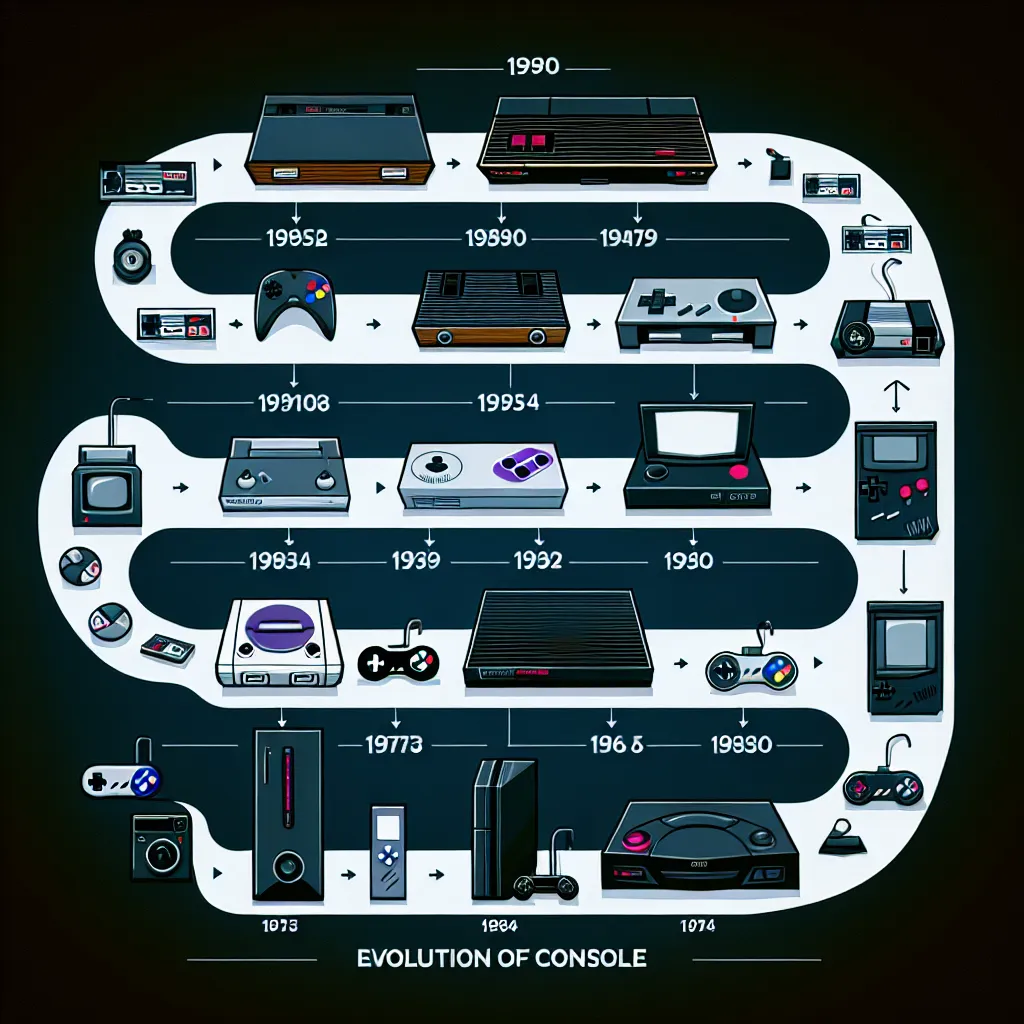The Birth of Home Gaming: The Atari Era
When we look at the evolution of gaming consoles, it’s impossible to ignore the pivotal role played by the Atari era in birthing home gaming as we know it today. The Atari 2600, released in 1977, marked a significant turning point in the history of gaming consoles, bringing arcade-style games directly into people’s living rooms.
For the first time, players could experience a wide range of games without leaving their homes, sparking a cultural phenomenon that would shape the future of gaming. Titles like Pac-Man, Space Invaders, and Pitfall! became household names and laid the foundation for the multi-billion dollar gaming industry we see today.
The Atari era also introduced the concept of interchangeable game cartridges, allowing players to expand their game library without needing to purchase an entirely new system. This innovation not only revolutionized the gaming experience but also set a precedent for future console developers to build upon.
Furthermore, the success of the Atari 2600 paved the way for competitors to enter the market, leading to a wave of innovation and competition that would drive the industry forward. The birth of home gaming during the Atari era not only transformed entertainment but also created an enduring legacy that continues to influence gaming culture today.
Revolutionary Advances: From NES to PlayStation
One of the most fascinating aspects of the evolution of gaming consoles is the revolutionary advances that have taken place from the era of the NES to the era of PlayStation. The introduction of the Nintendo Entertainment System (NES) in the mid-1980s marked a significant turning point in the history of gaming consoles. With its iconic controller and a library of classic games such as Super Mario Bros. and The Legend of Zelda, the NES laid the foundation for the modern gaming industry.
However, it was the arrival of the original PlayStation in the mid-1990s that truly transformed the gaming landscape. With its CD-based games, 3D graphics, and the ability to play music CDs, the PlayStation heralded a new era of gaming technology. It not only expanded the demographic of gamers but also set the stage for the convergence of gaming and multimedia entertainment.
Furthermore, the shift from 2D to 3D gaming experiences on the PlayStation was nothing short of revolutionary. Games like Final Fantasy VII and Metal Gear Solid showcased the potential of storytelling in games, pushing boundaries and creating immersive experiences that captivated players in ways never seen before.
In conclusion, from the pioneering days of the NES to the groundbreaking innovations of the PlayStation, the evolution of gaming consoles has been characterized by revolutionary advances that continue to shape the gaming industry to this day.
The Rise of Next-Gen: Xbox Series X and PlayStation 5
Sure, here’s a paragraph for your article:
With the release of the Xbox Series X and PlayStation 5, the gaming industry has entered a new era of next-gen consoles, redefining the standards of gaming technology. Both of these consoles offer unprecedented levels of performance, introducing features such as ray tracing, 4K resolution, high frame rates, and fast load times. The Xbox Series X boasts impressive hardware capabilities, including a custom AMD Zen 2 processor and RDNA 2 graphics architecture, while the PlayStation 5 comes with its innovative DualSense controller, utilizing haptic feedback and adaptive triggers to enhance the gaming experience. These advancements represent a significant leap forward in gaming technology, signaling an exciting future for console gaming enthusiasts.



